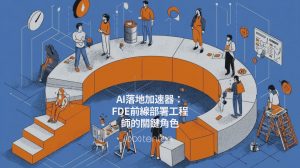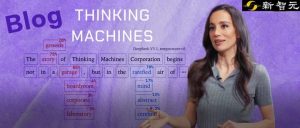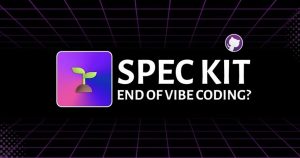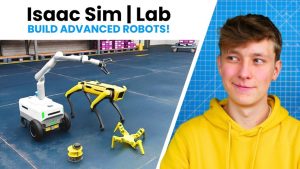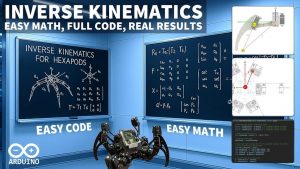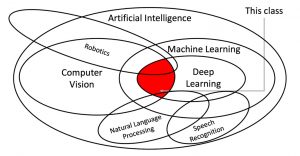Claude Code for Business with SpecKit: Complete SME Implementation Guide
Discover how SME companies achieve 3.2x effective team capacity by combining Claude Code's AI business automation with GitHub's SpecKit specification-driven development. Learn how TechServe Solutions transformed operations across development, sales, customer success, and marketing—reducing time-to-market by 55%, cutting development costs by 30%, and growing revenue per employee by 45%. Complete implementation roadmap included with real-world examples and measurable outcomes.





